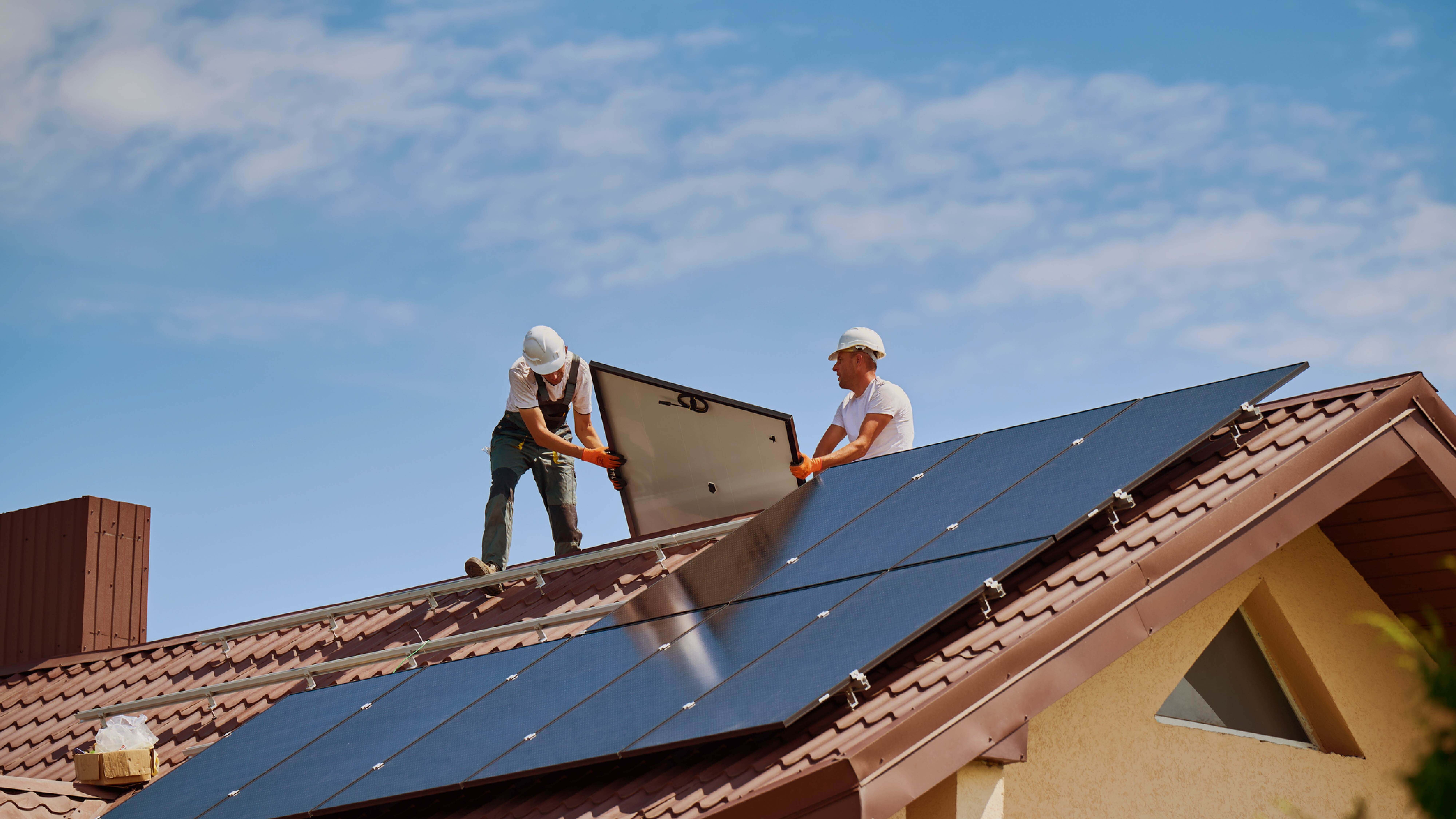Building Decarbonization Barometer: Global Investment In Healthcare, Retail And Offices 2025
Access this research
Access all Energy, Decarbonization & Sustainability of Buildings content with a strategic subscription or buy this single report
Need help or have a question about this report? Contact us for assistance
Executive Summary
Buildings account for over a third of energy-related carbon emissions, making them a critical focal point in the global decarbonization effort. Traditionally, building decarbonization activities have been driven by net zero targets, often in response to environmental concerns (or branding objectives). However, this narrative is evolving. Many firms, irrespective of their stance on climate issues, are pursuing decarbonization as a strategic business imperative. By reducing emissions, organizations aim to mitigate trade and transition risks, enhance energy security, preserve asset value and ensure long-term operational resilience. To provide a barometer of industry progress, Verdantix surveyed 300 global real estate executives overseeing high-emitting portfolios in the healthcare, office and retail sectors. By analysing capital allocation trends, identifying the funding required to meet sustainability goals and assessing the most impactful interventions, this report provides a comprehensive view of real estate executives’ priorities for 2025 and the years to come. Complementing this analysis is the landmark Verdantix Building Decarbonization Barometer portal, which offers additional insights to support organizations on their decarbonization journeys, as well as a dedicated benchmarking advisory service that tracks investment trends and enables benchmarking against peer spending. Together, these resources provide building owners, occupiers and investors with the insights needed to identify financing solutions, secure energy resilience, pursue effective technologies and advance carbon reduction plans. Furthermore, it builds a business case for decarbonization and resilience initiatives, highlighting their direct impact on value creation, futureproofing buildings and ensuring long-term operational continuity. For vendors, this report identifies emerging market gaps and unmet needs, offering opportunities to align their solutions with evolving corporate demands.Failure to decarbonize has exposed portfolios to mounting risks
As risks increase, projected decarbonization spend is set to significantly surpass current levels
Verdantix classified decarbonization activities into five categories
Operational activities are the strongest catalysts for decarbonization and resilience
Supporting initiatives ensure that operational activities are strategically aligned
Offsetting activities play a role in addressing residual emissions
The deployment of each decarbonization category is measured in terms of portfolio coverage
Overall decarbonization patterns across the three property types reflect broader goals than achieving sustainability targets
Global investment in healthcare decarbonization must increase to ensure operational continuity
Global investment in office decarbonization must grow to enhance market appeal
Investment in retail decarbonization could stabilize costs in a disruption-prone sector
Deployment across the Americas, EMEA and APAC is heavily shaped by regional trends
Initiative deployment is heavily influenced by site-specific factors that vary across regions
Larger portfolios benefit from economies of scale, resulting in lower per-building decarbonization costs
‘Full deployment’ is not ‘net zero’ – and progress towards net zero is even bleaker
A diverse range of financing tools exist to aid with building decarbonization
Appendix: survey criteria and methodology
300 real estate executives were selected according to specific criteria
Methodology
Figure 2. Grouping of decarbonization categories and initiatives
Figure 3. An example of emissions resulting from real estate operations in the healthcare sector
Figure 4. Value creation resulting from decarbonization initiatives
Figure 5. Respondents' perceptions of their firms' sustainability progress
Figure 6. Planned vs historical investment across decarbonization categories
Figure 7. An example measurement of 67% deployment of a decarbonization initiative
Figure 8. Global investment in decarbonization categories by property type
Figure 9. Global investment in decarbonization of hospitals and healthcare facilities
Figure 10. Investment in decarbonization of hospitals and healthcare facilities by initiative
Figure 11. Investment in decarbonization of office portfolios by initiative
Figure 12. Deployment of decarbonization initiatives by property type
Figure 13. Average projected increase in portfolio decarbonization by office property subtypes
Figure 14. Investment in decarbonization for global retail and restaurant facility building portfolios
Figure 15. Investment in decarbonization initiatives by property type: Americas
Figure 16. Investment in decarbonization initiatives by property type: EMEA
Figure 17. Investment in decarbonization initiatives by region
Figure 18. Investment in decarbonization initiatives by property type: APAC
Figure 19. Investment in decarbonization initiatives by property type: UK
Figure 20. Investment in decarbonization initiatives by property type: US
Figure 21. Investment in decarbonization initiatives by property type: Germany
Figure 22. Global building-level investment per organization
Figure 23. Financing mechanisms for decarbonization and climate resilience
Figure 24. Respondents are located across three regions
Figure 25. Size of portfolio
Figure 26. Respondents come from one of four role functions
Figure 27. Respondents oversee building portfolios primarily comprising one of three property types
Figure 28. Description of industry parameters and selection rationale
About the Authors

Claire Stephens
Research Director
Claire Stephens is a Research Director at Verdantix, leading research into technologies and services shaping the real estate and the built environment, encompassing ...
View Profile
Cara Haring
Senior Analyst
Cara is a Senior Analyst at Verdantix, specializing in digital platforms and operational technology for the built environment. Her research helps real estate owners, occupiers...
View Profile
Dayann Charles
Senior Manager, Advisory Services
Dayann is a Senior Manager in the Verdantix Advisory Services practice, with extensive experience leading strategic projects across the Verdantix landscape. He specializes in ...
View Profile

















